From all our groundwater experiments, we figured out the following:
1. Water seeps into the ground from events like rain or ice/snow melting.
2. We know there are little spaces between soil and sand particles (we saw this under the microscope).
3. Land that's connected to bodies of water has water seep into them, too.
This made us wonder if every place has this happen to it, since it seems like lots of places have groundwater. We took two screenshots of places we've had familiarity with recently: Dodge City, KS and Chicago, IL.
This got us thinking...
1. Water seeps into the ground from events like rain or ice/snow melting.
2. We know there are little spaces between soil and sand particles (we saw this under the microscope).
3. Land that's connected to bodies of water has water seep into them, too.
This made us wonder if every place has this happen to it, since it seems like lots of places have groundwater. We took two screenshots of places we've had familiarity with recently: Dodge City, KS and Chicago, IL.
This got us thinking...
And we noticed that Chicago is not looking all natural like Dodge City's surfaces. It's covered in a lot of asphalt and cement. So we wanted to see what happens to these surfaces when water is poured on them.
Both the asphalt and the cement didn't let the water soak into them, so we're starting to think about why. We also noticed that around some trees we noticed these grate-like things with holes in them, and our sewer covers had holes (or empty spaces) in them, too. In fact, the sewer cover outside of school was actually SO FULL we could see the water. This is kinda gross to us knowing what we know about our sewers and the type of water that's in them!
Mrs. Brinza also took a ball to the street--as a model for a water particle to see what would happen to it, and it rolled to the edge of the street towards the sewer cap.
Mrs. Brinza also took a ball to the street--as a model for a water particle to see what would happen to it, and it rolled to the edge of the street towards the sewer cap.
From all this, we're building a consensus model for how water gets underground, and also for how water doesn't get underground. It's also making us think about how if water doesn't end up in the ground, then it ends up in the sewer, which we already know leads eventually to the ocean. And if there's so little freshwater compared to salt water, wouldn't we want to put water back into the ground rather than having it end up in the s
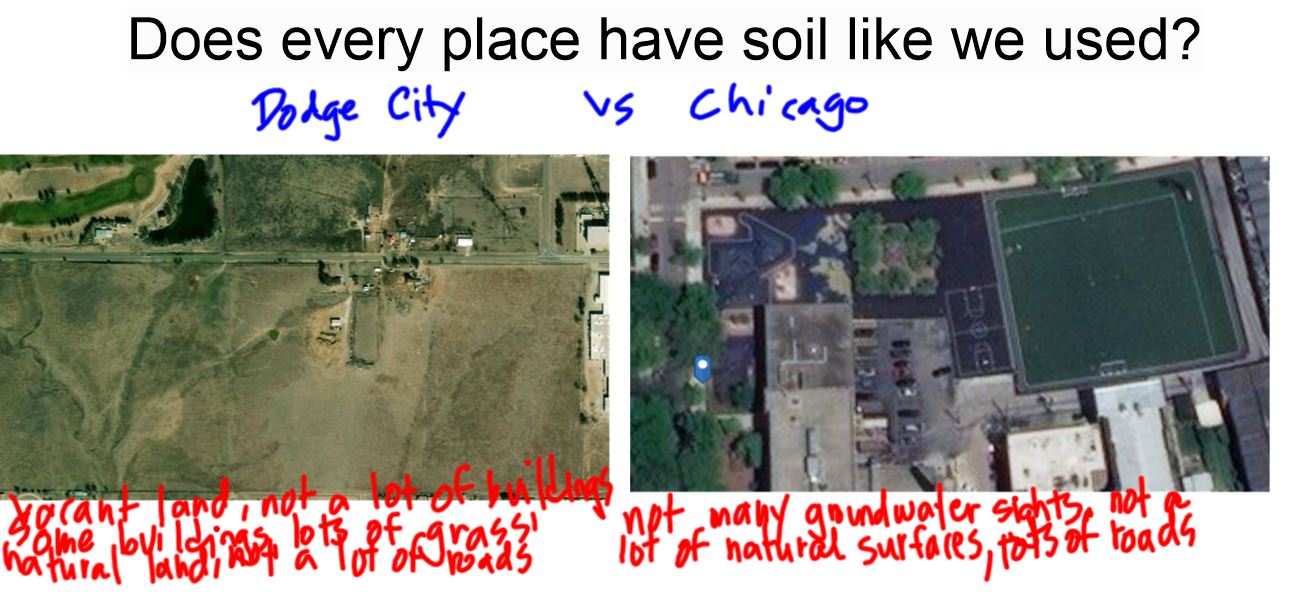
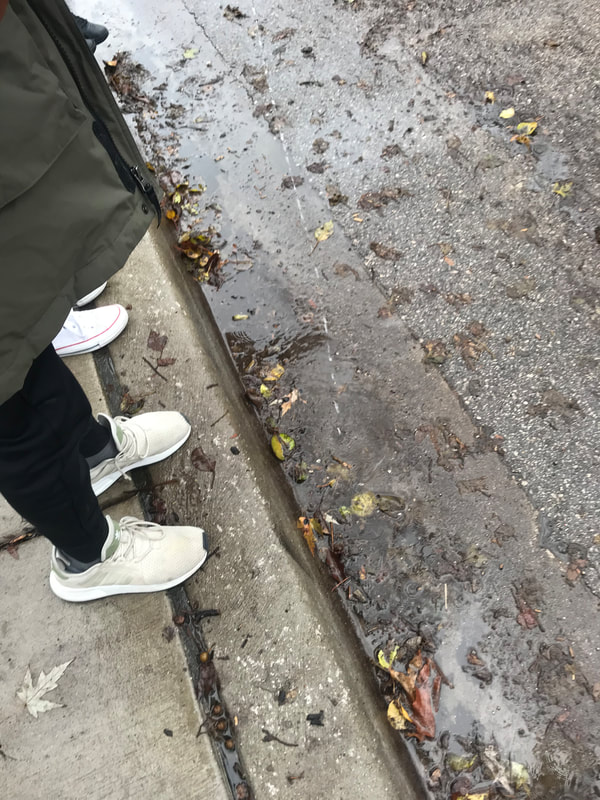
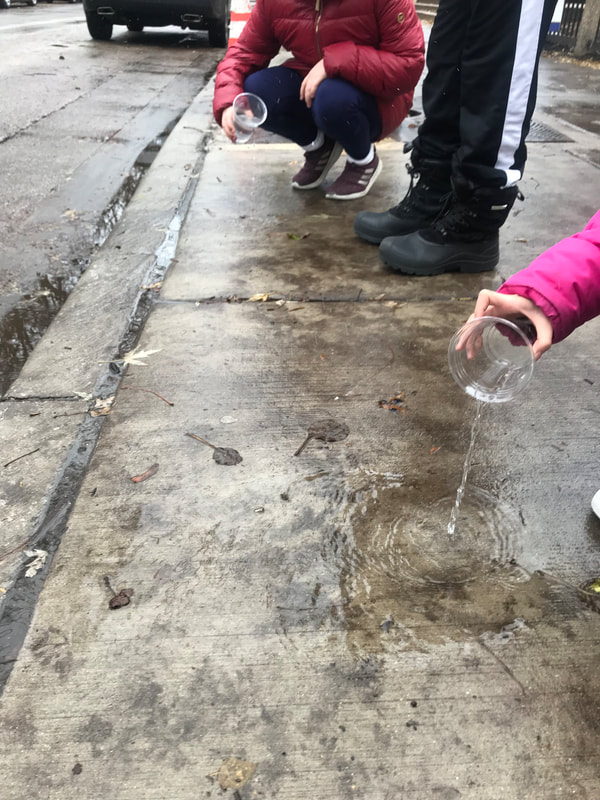

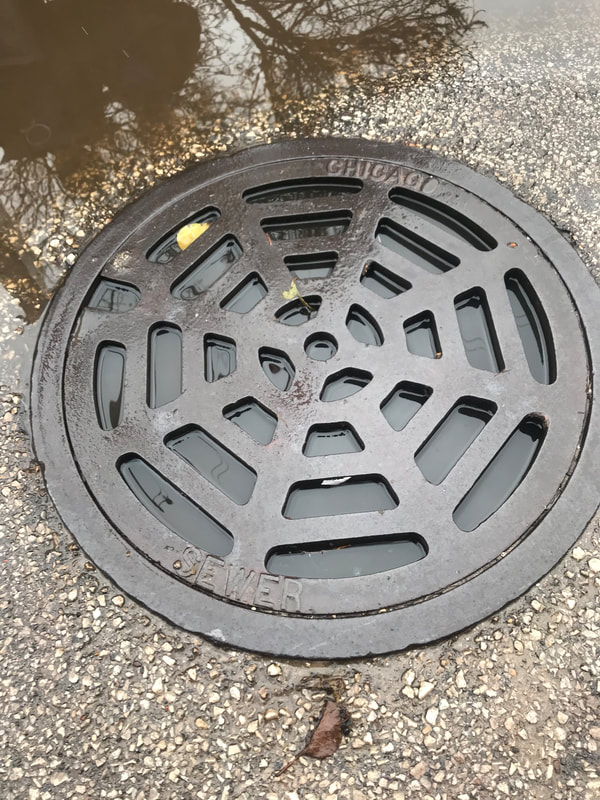
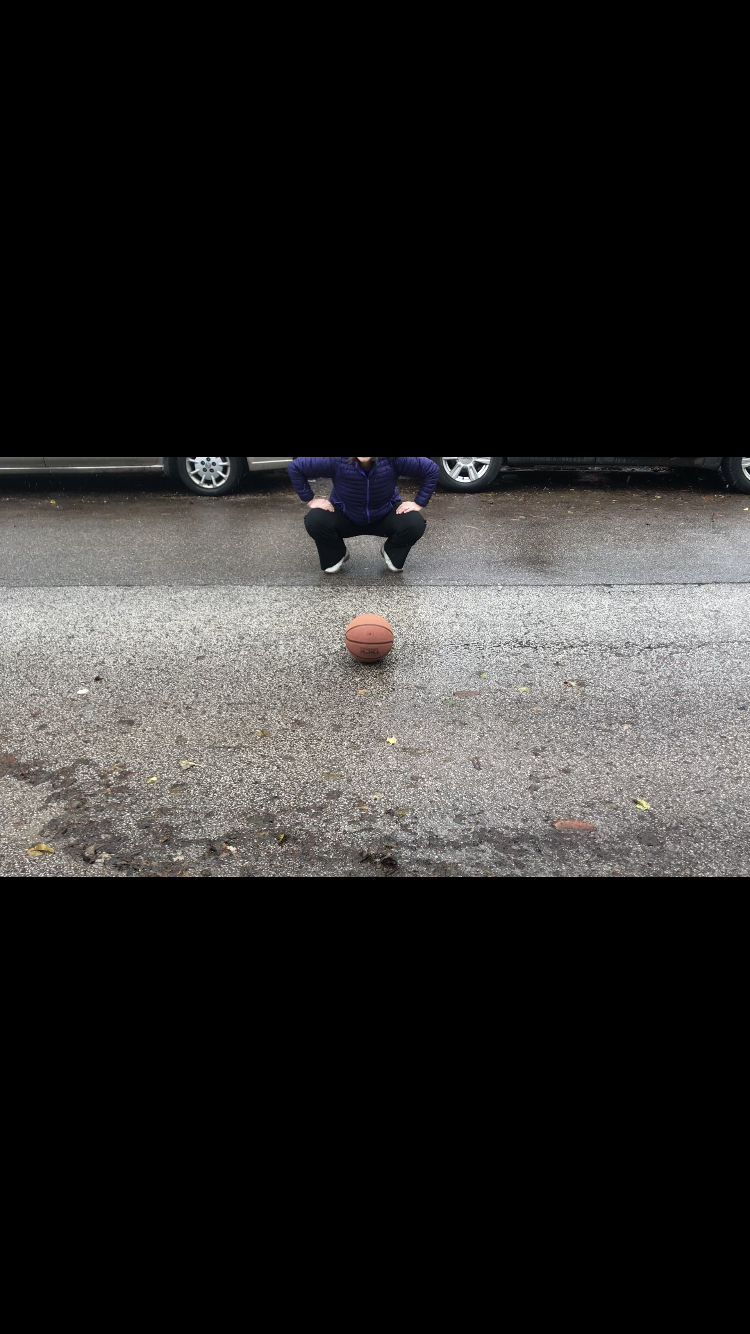
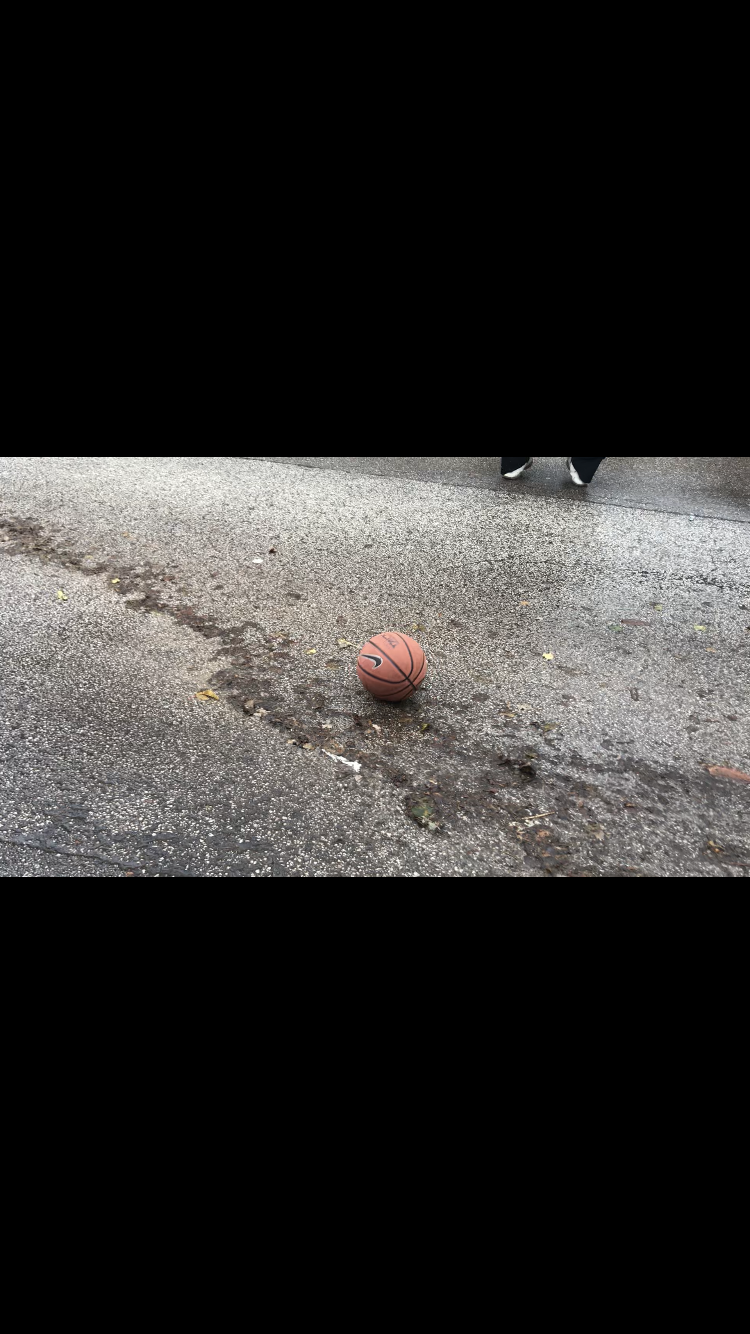
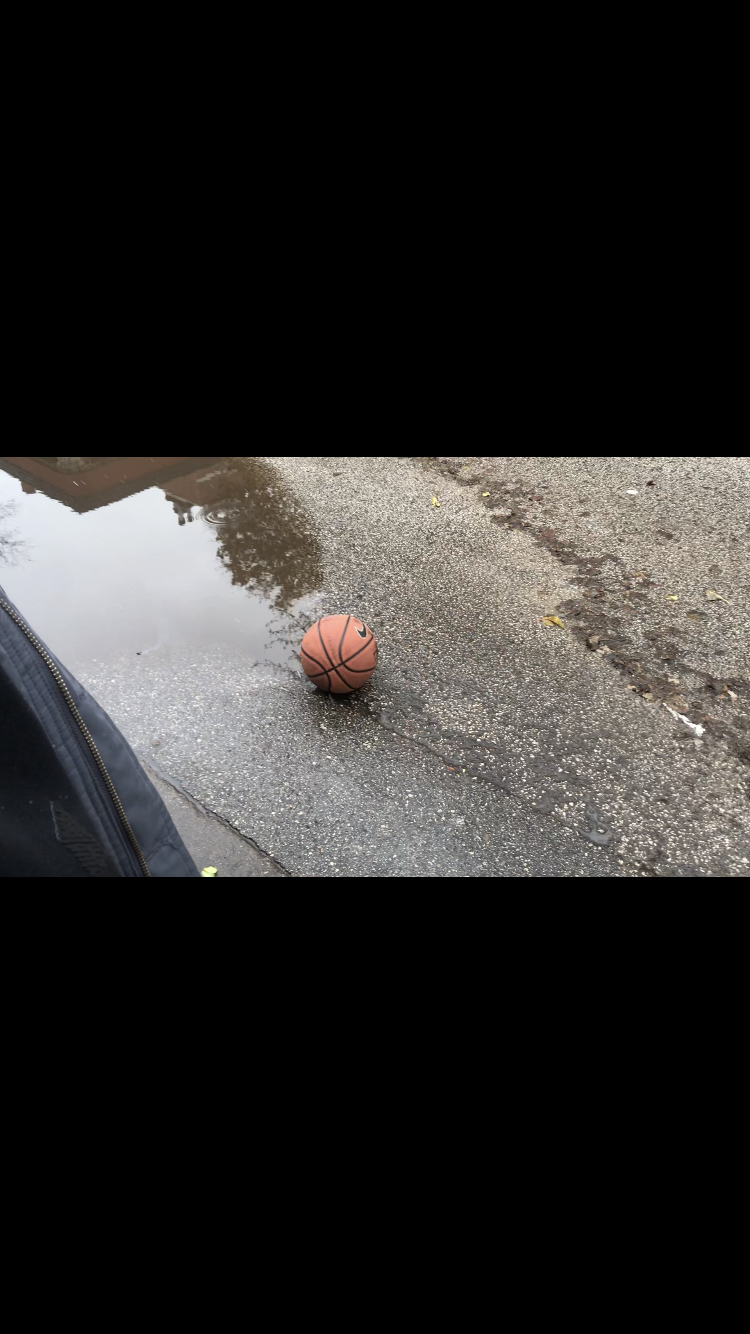
 RSS Feed
RSS Feed